While often we think of plot as the most essential component of storytelling, more often than not what really grabs an audience is a compelling Character Arc.
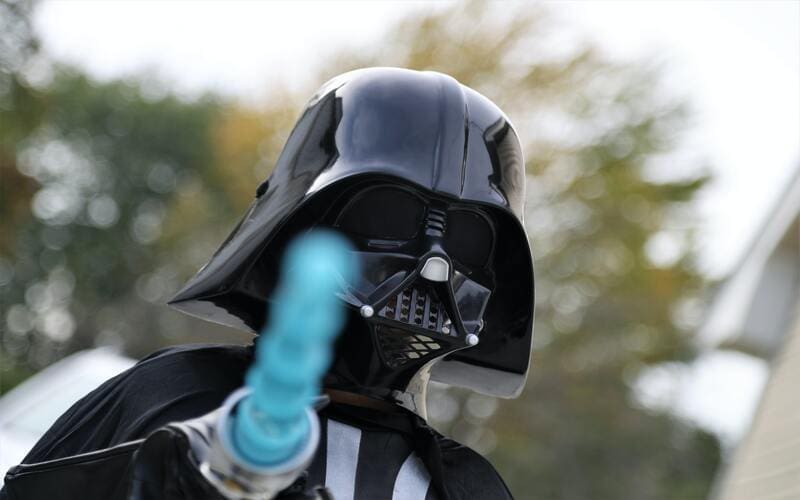
We’ve all heard of the hero’s journey and how frequently ‘quest narratives’ recur in fiction and film, which tells you just how important complex character development is to great stories. But, what is a character arc, and what makes a great one?
In this article, we’ll be exploring the character arc definition. As well as types of character arc through examples, and creating character arcs so you can learn how to make an exciting one yourself. Let the adventure begin!
What Is A Character Arc?
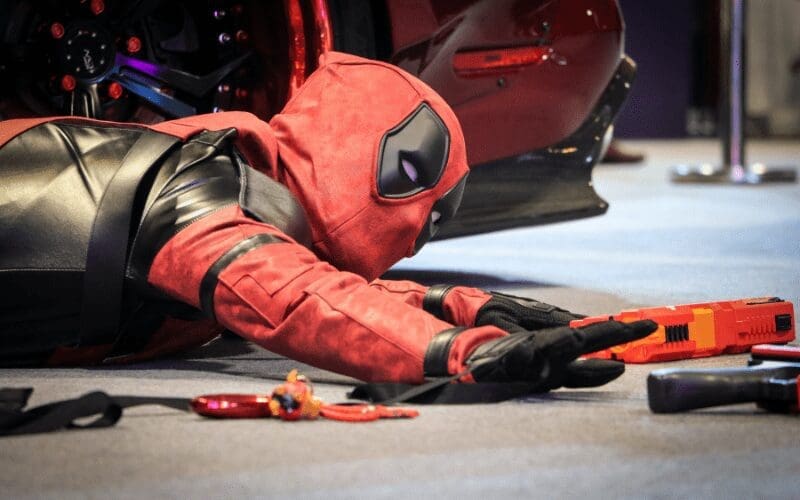
In short, character arcs are a roadmap for how a character begins and ends their journey within the plot. Most often, character arcs refer to an internal journey by which a character’s attitude or outlook is drastically changed through the course of their experiences.
The character will begin from a place of ‘stasis’ or inaction. The character’s main goal is then evoked. They encounter some obstacles to achieving their goal which culminate in a very low point or ‘collapse’. Then, there is a final climax which leads to the resolution. We know, it sounds pretty abstract, but it’s incredible how often you find these devices popping up in character development and plotting.
Character arcs are incredibly important in storytelling. Especially in the film industry where movie-goers have come to expect them. Arcs like the hero’s journey are also lengthy. Given they are derived from the epic genre and Shakespearean plays. As a result, they work best in longer forms: novels, films, or across several episodes of a TV series.
Character Arc – What Are The Different Types?
Although we’ve referred most to the hero’s journey example of a character arc, there are several others which are equally powerful and ubiquitous in film and TV.
The main three character arcs are:
- Hero’s Journey
- Growth Arcs
- Tragic Fall Arcs
We have summarised them below in a handy character arc worksheet:
Hero’s Journey
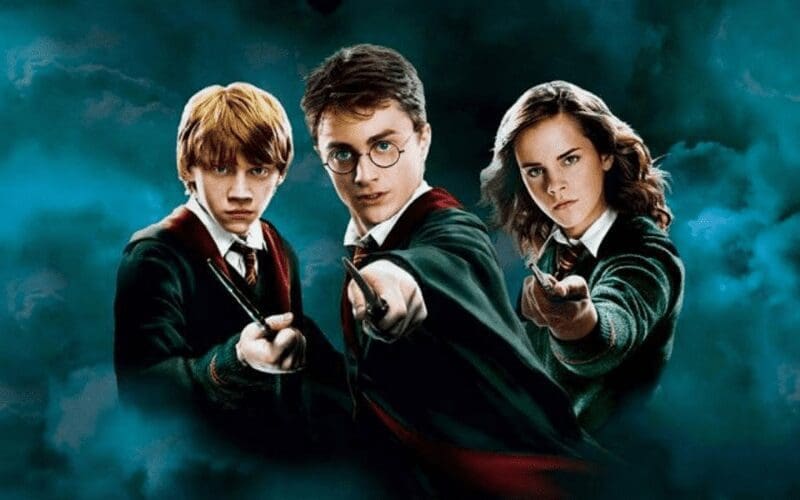
Also known as a change arc. This form of character development sees a character completely transform through the development of skills or powers that turn them from a ‘normal person’ into a hero.
The hero undergoes trials, but discovers a newfound strength within to overcome challenges and triumph over evil. Frequently, the character that transforms will have misconceptions about the world. Or, themselves, which are slowly revealed to be false.
False beliefs and the gradual uncovering of truth forms a significant part of the plot.
Classic examples: Harry Potter, Katniss Everdeen, Bilbo Baggins
Typical Genres: Fantasy, Epic/Myth, Science-Fiction
Growth Arcs
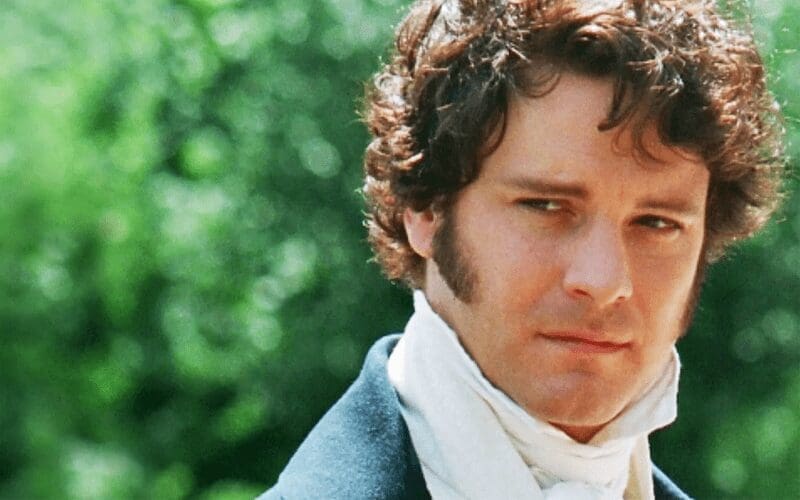
An alternative spin on the hero’s journey. The growth arc is all about a character’s personal development.
The change they undergo is subtler and takes place within themselves. Often leading to them becoming more well-rounded after overcoming a character flaw. The character won’t become a superhero as a result, but they will develop.
Common themes also include a move from innocence to experience. Change arcs work really well for supporting movie characters to add further interest without a competing transformation arc that might scatter the plot.
Classic examples: Mr Darcy, Nick Carraway, Samwise Gamgee, George Bailey
Typical Genres: Romance, Fin-de-Siecle Fiction, Fantasy
Tragic Fall Arcs
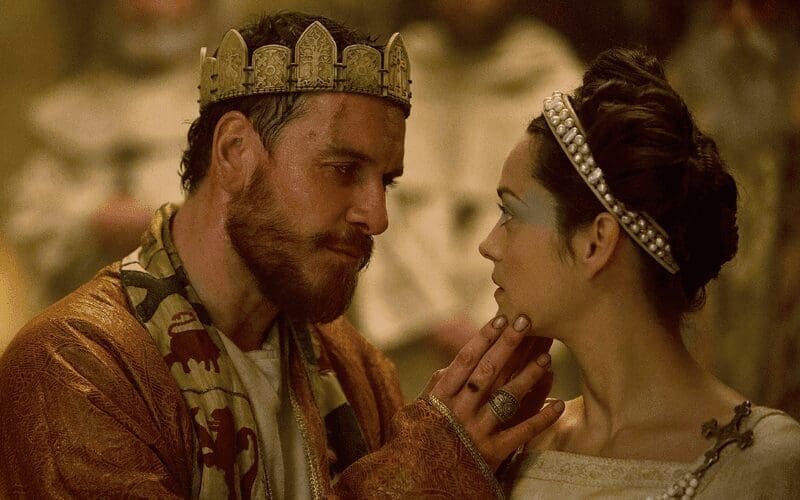
‘Fall’ refers originally back to Biblical tales of the Fall from the Garden of Eden or the Fall of the Devil from Heaven. Traditionally, therefore, this arc is a tragic one in which corruption and moral degradation are key themes.
The character is unlikely to be redeemed, but instead fall into the hole which they have consciously or unconsciously dug for themselves.
Fall arcs resemble an inverted Hero’s Journey where the film character may begin kind, happy and successful and transform into a monster or a shell of what they were. These arcs are well suited to a tragic hero.
Classic examples: Macbeth, Dorian Gray, Darth Vader, Walter White
Typical Genres: Tragedy, Modern TV/Film
Character Arc Examples
Although it might seem like these descriptions are quite limiting, writers are incredibly creative with ideas of transformation and change in character arcs.
Let’s look at some examples.
Mulan
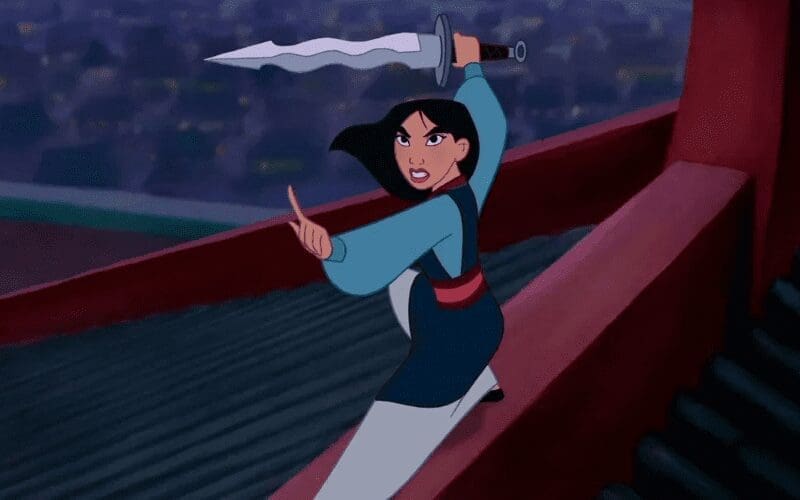
Beginning as an unpromising young woman on the bridal market, Mulan rebels against gender expectations and (at least superficially) transforms herself into a man to fight in battle, taking the place of her elderly father.
By the end of the film, she has become the hero of China. She has also ained her family’s pride and met a man who respects her as an equal. An exciting spin on the Transformation Arc.
Ebneezer Scrooge
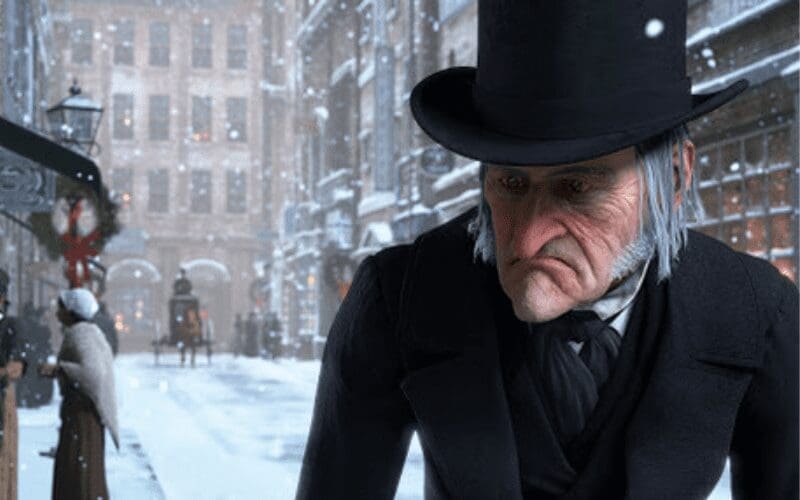
Synonymous with a miserly and unpleasant wealthy old man, Scrooge relives major events in his life to discover empathy and self-awareness.
His growth arc is radical and turns him into a generous man, who regrets his past meanness.
Jay Gatsby

Gatsby begins as a mysterious millionaire who hosts lavish parties and seems to live an enviable life of luxury. His fatal flaw (hamartia) is an unhealthy, obsessive love for Daisy. Who of which is his childhood sweetheart, who is now married to another man.
His goal to win Daisy is fraught with obstacles and ultimately his obsession overwhelms her. He seems to love an idyllic image of her, and in trying to frantically recreate the past, he pushes her away.
He loses not only a future with Daisy but also his own life, as a result of sinking deeper into an obsession and past nostalgia. Gatsby is a classic tragic hero and follows the fall character arc.
How To Create A Character Arc

When creating a character arc, it all depends on what character arc you’re creating for your story.
As we mentioned above, some are better suited to certain genres. However, definitely don’t feel that your sci-fi can’t contain characters with a growth arc. It’s totally up to you!
Once you’ve decided, here are some pointers for what to include in your character’s development.
Transformation Character Arc
The key to these arcs is exploring a goal – a lie your character could believe and the truth that will be revealed. The goal is hindered by the lie(s) which limit them from achieving full potential. Which is ultimately shed with a climax of self-knowledge that reveals the hero within.
Goals can be epic, romantic, hedonistic, you name it! But the progression should feel authentic. It can be worth exploring a theme in your hero to do this. For example, Bilbo Baggins explores what it means to be a hero (meta!) while Mulan explores a similar theme mapped on to gendered limitations.
Frequently, making a good character arc relies on creating a hero who is unexpected. Deriving from a class like Hobbits, for example. Or being a woman in a society where women were expected only to marry and have children.
Growth Character Arc
Once again, exploring a goal, a lie and a truth to reveal can be really useful.
Looking at Scrooge, for example, illustrates this. Scrooge’s goal to avoid the miserable end his business partner Marley met leads him to recognise the lie that wealth is measured by monetary assets alone. He sees value and worth in love, compassion, and kindness.
However, it’s actually a little complex with Scrooge. From a young age, he learns that earning lots of money is what will make him happy. He sets out to achieve this lie, but his journey shows him the falsehood of this belief and that his initial goal is flawed. His recognition of this reveals a new goal which he succeeds in – demonstrating its truth.
This is a great way to create a growth character arc.
False Belief that X will make you happy >> Embarking on this goal >> Realising they are not happy >> Shifting beliefs and pursuing a true goal >> Success.
Fall Arcs
Negative character arcs usually require you to explore a deceptive or self-destructive goal for your character. In the case of fall arcs, the character will not hit a turning point (as in growth arcs) but instead continue pursuing their false goal until ultimate destruction.
Interesting anti-hero characters can also be born from this, such as Walter White. In Breaking Bad, Walter is not entirely naïve about the world of organised crime and drug rings. He knows to avoid it, but circumstance pushes him to desperate measures. Walter therefore knows the truth about the world but believes he can avoid the violence and corruption and leave once he has enough money to support his family.
However, pursuing his goal leads him to succumb to his immoral environment and lose sight of the truth and good. He ultimately actively embraces the lie. This is a more interesting variation to play with, and a strong counterpoint to the classic Hamlet or Macbeth who seems to be corrupted unknowingly.
Summary – Character Arc
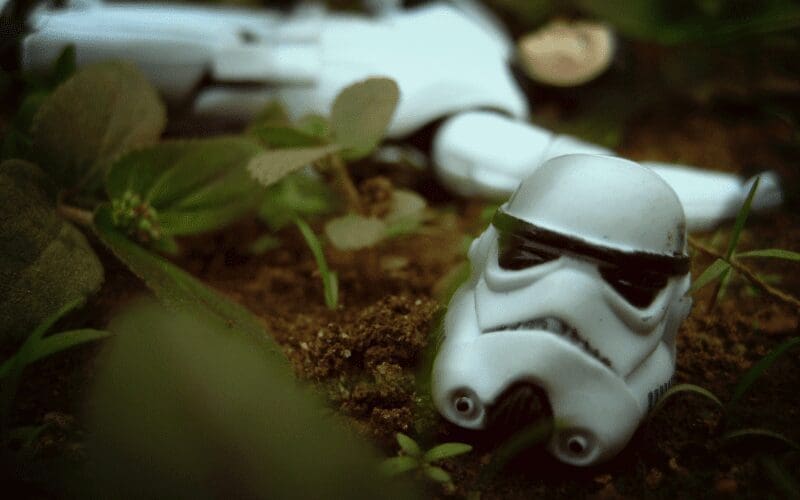
We hope that this article opened up the rich world of character arcs for you! Now you’ve read all about them, we’re sure you’ll start seeing them all over the place.
The character arcs and themes we’ve mentioned are used in all sorts of media, from TV shows to advertisements to Renaissance plays. They’re really the key to unlocking the magic of storytelling. Now you have the key, what will you do with it!
Also, please use this link to get in touch with us to discuss any opportunities such as Sync Licensing, Music Licensing, Music Clearance, Sync Libraries or Music Libraries, etc., you may want to take further.
You can book a call with Sam – Head of Sync Licensing – as a potential lead. We are always happy to talk to musicians like you. Please do get in touch.










